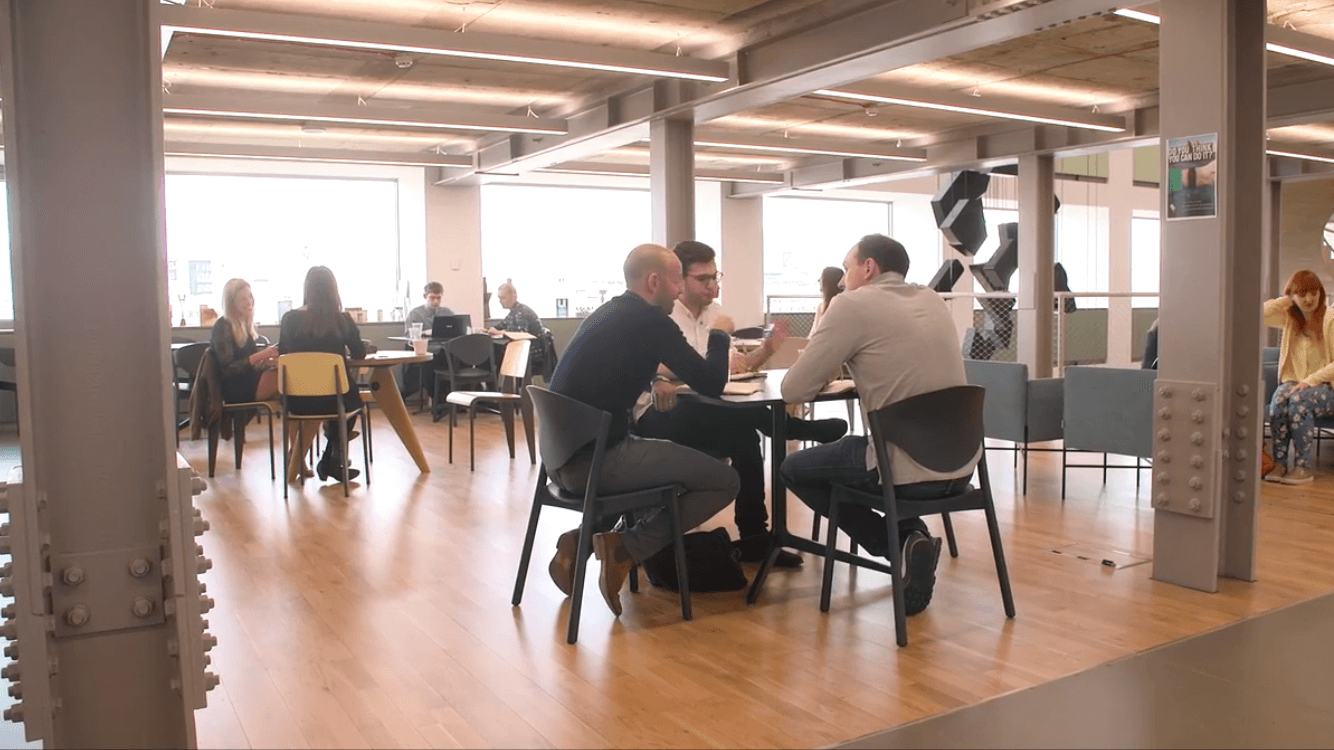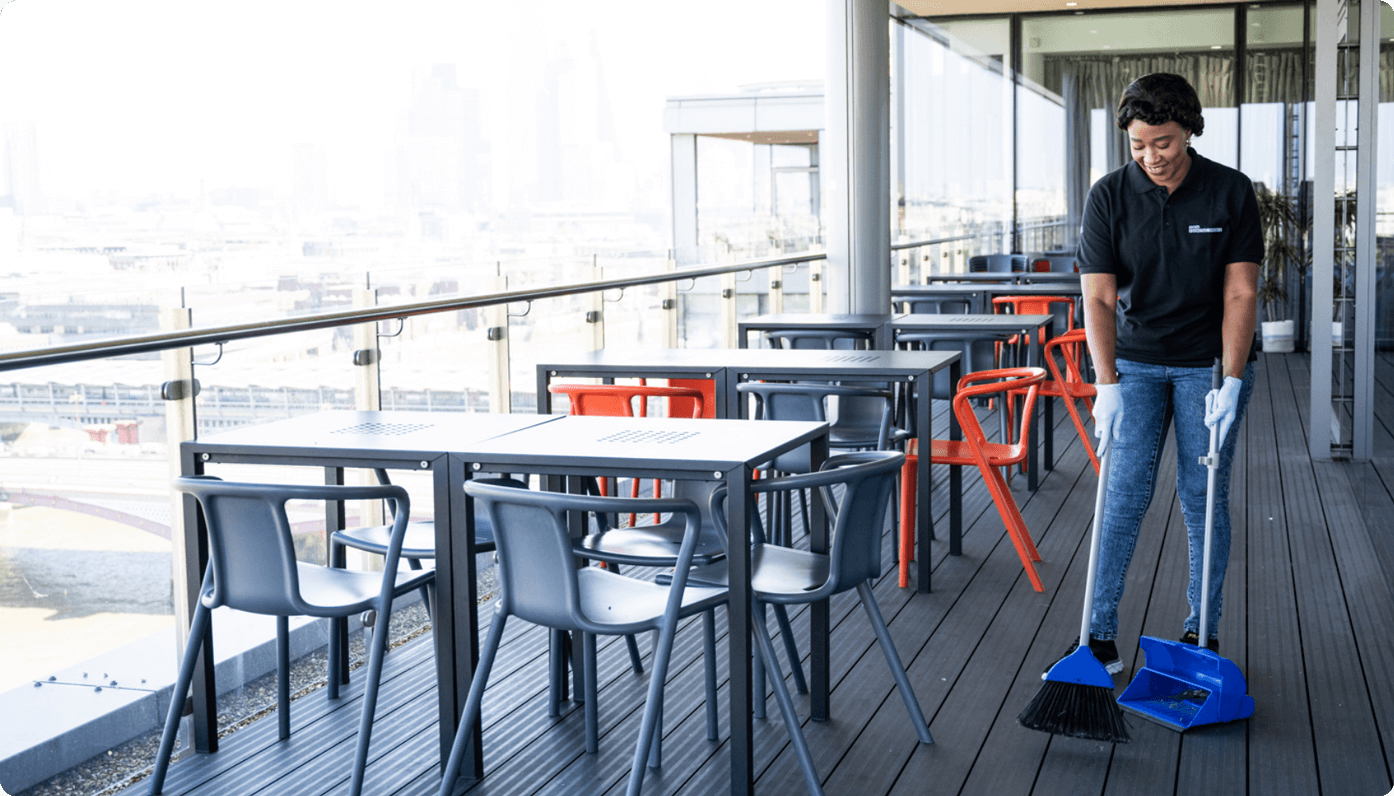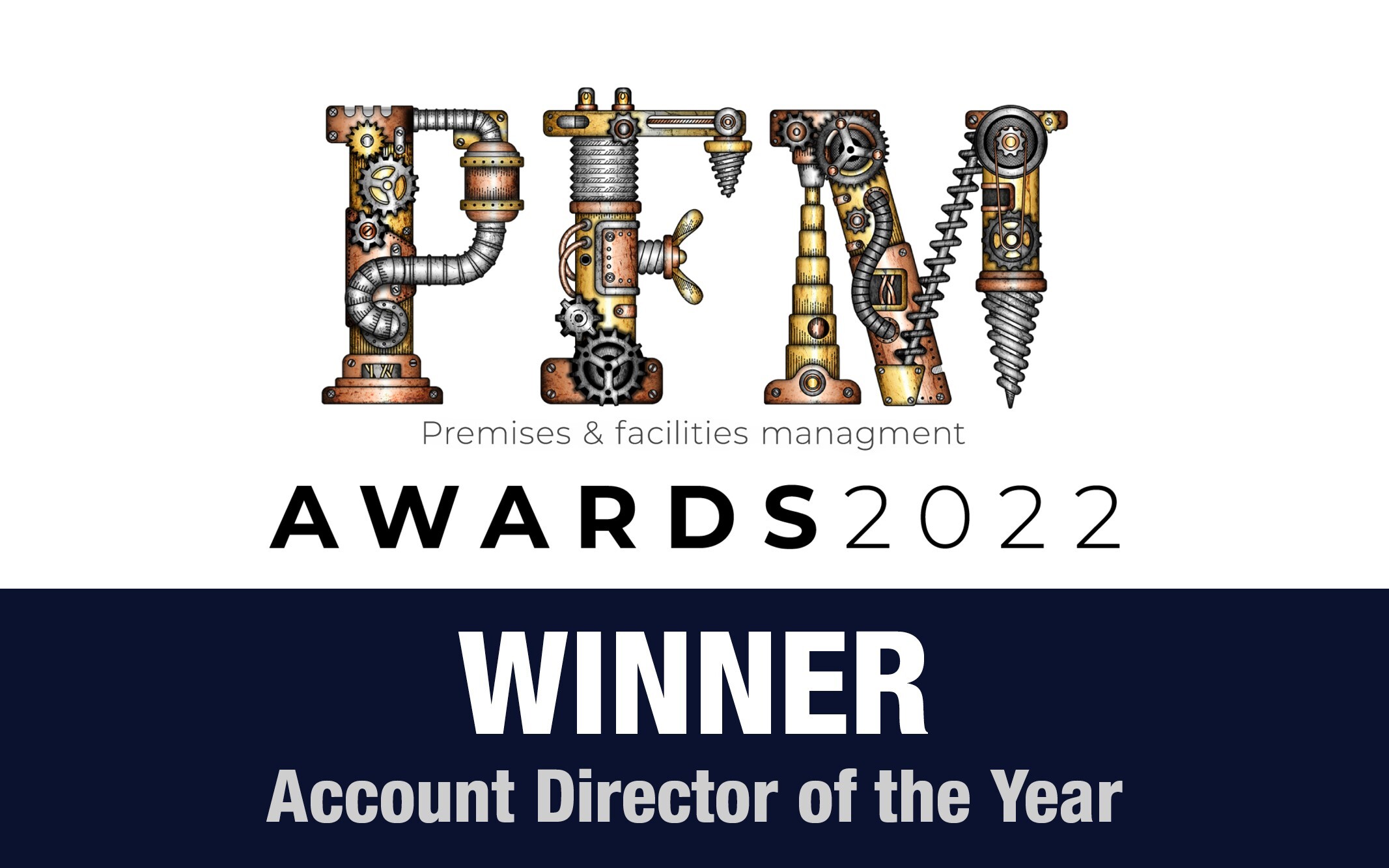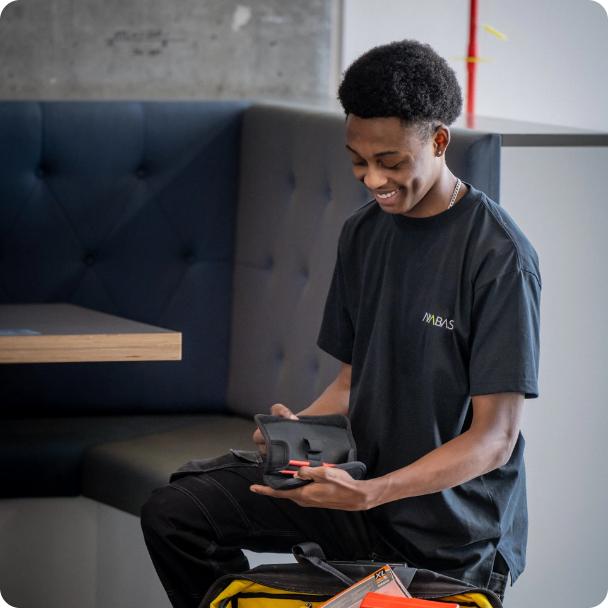





 Building & Fabric Maintenance
Building & Fabric Maintenance

 Mechanical & Electrical Maintenance
Mechanical & Electrical Maintenance



 Events & Lifestyle Services
Events & Lifestyle Services

 Logistics & Office Services
Logistics & Office Services

 Security
Security

 Catering
Catering

 Cleaning & Environmental
Cleaning & Environmental







Small Decencies


Boutique FM


Fully Engaged


Brilliant Basics


Great Experiences


FM Technology


Great People


Advocacy


Right size, Right fit


Promises Delivered





Flexible working has become a fundamental part of the modern workplace, fact, and as such, the practice of agile working is being increasingly embraced and continuously evolving. Technology now enables us to work from virtually anywhere both outside and within the office environment, which whilst liberating for many, can also be overwhelming for others. It has changed the way the workplace looks and feels and the way in which Facilities Management is delivered.
The reality for FM’s is that this flexibility and fluidity is placing more demands on the FM function than ever before. Effective and strategic FM is critical in successfully managing an agile workspace, meeting the diverse demands whilst managing, maintaining and nurturing are all part of the role that focuses on so much more than the structure of the spaces we are responsible for. FM’s now have a vital role to play in helping to make workplaces meet the needs of the workers, as the office environment is recognised as one of the most powerful tools for engagement.
It is vital that the infrastructure is compatible with an agile approach from the offset. From technology to the correct tools and equipment – including the adequate provision of secure lockers – putting these in place will help to ensure that flexible working works. But just getting the mobility right is no longer enough to guarantee a success…
Traditionally FM has focused on the fabric of the building, but the introduction of agile working has been a real game changer. Successful delivery is now reliant on a shift in focus from the building to its people and the more that’s understood about the way a workspace is used, the better equipped FM’s are to do the job.
But just how do you get to know the people? The one thing that we can always be certain of when considering human nature and behaviour, is that people won’t always do what you want or expect of them. The majority prefer routine and ownership but an agile environment forces people to alter their habits. For every worker who embraces this change, there are those who will oppose It and it is not uncommon for individuals to migrate and create a pseudo desk even when one is not allocated to them. On the opposite end of the spectrum, there are also those who take the freedom that is so associated with an agile way of working to the extreme and who will literally hack a space to suit their needs, they want the best seat, with the best view and will do whatever it takes to make it work for them. This poses a challenge for any FM to manage.
Another certainty is the role that culture plays in influencing behaviour in an agile workspace. This will always affect how a space is used and how it needs to be managed. Without an understanding of the culture and DNA of the organisation, it is impossible to strategically deliver the FM required.
By taking the time to understand workers within an agile environment and what makes them really tick, FM’s are becoming gardeners, rather than architects. Rather than just managing a space, our role is to cultivate and tend to the people and the place, so FM’s need to watch, listen and learn. If you can recognise patterns and behaviours rather than expecting the space to be used a certain way, this will ensure you remain on the front foot. With an emphasis on communication, regular surveys and requests for feedback can help guide delivery and manage expectations.
One of the main challenges of agile working is the fluidity of the concept. No one size fits all, and no two environments are ever the same. There needs to be a perfect balance between stability and agility. Whilst it is imperative to understand and respect the make-up of the building itself, there must be an ability to flex where and when required. It’s about balance – respecting the design but adjusting the building within reason to suit the needs of those using it. E.g. changing meeting room set ups from formal board room to more relaxed style to suit the needs of the meeting.
Adequate staff training is also imperative. It’s important to make sure that the entire FM team understands how the space is supposed to be used so they can adapt it quickly when necessary. Up skilling your staff and giving them the confidence they need to communicate with service users will also be a huge benefit in managing expectations but also in ensuring that certain rules are adhered to, e.g. a clear desk policy to enable cleaning and ensuring that spaces designed for short term use are not engaged by an individual for the entire day.
Despite the challenges in managing an agile environment, the benefits are plentiful. Agile working embraces collaboration and is so much more than flexible working. It involves a transformation in the way that people approach their work and is a great way for organisations to recognise and encourage different work styles from its workforce.
ENDS
Added note – for more insight into understanding workers in an agile environment download the Anabas White Paper, ‘What Type of Office Worker Are You’ – its first in a series looking at the evolution of agile working. www.whitepaper.anabas.co.uk



















